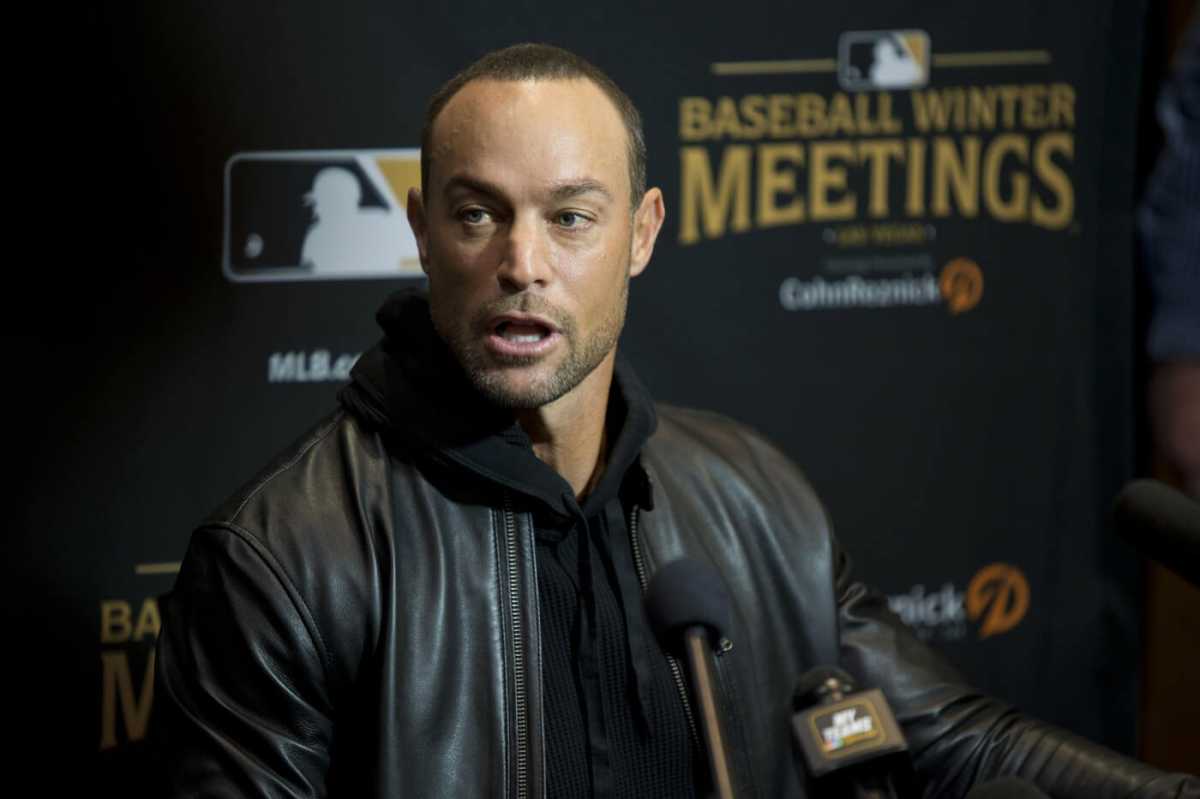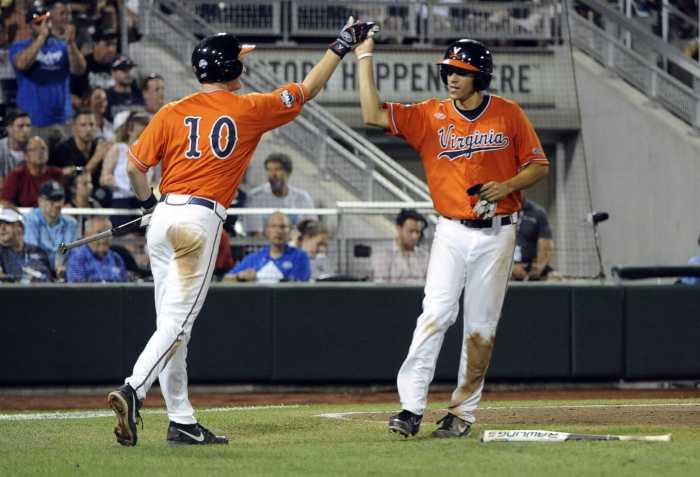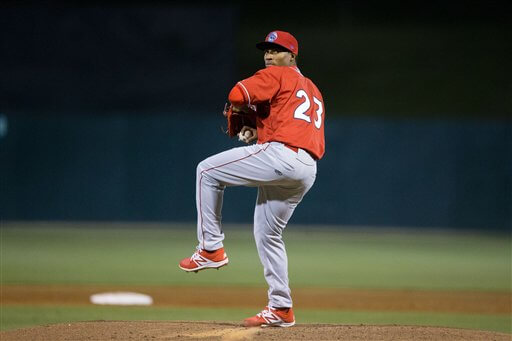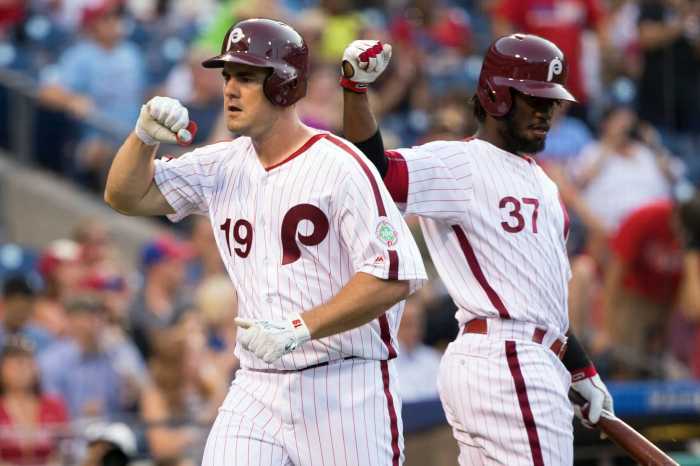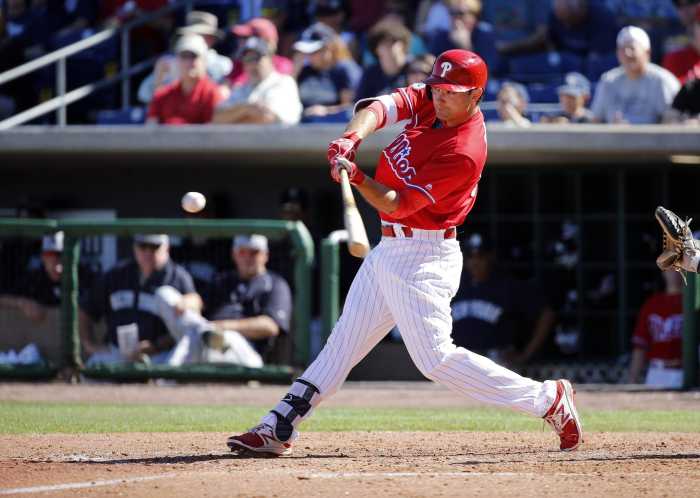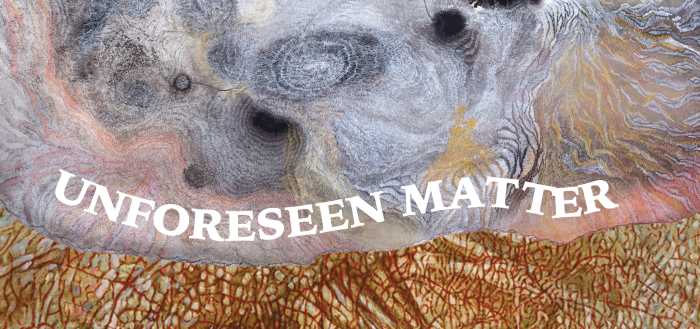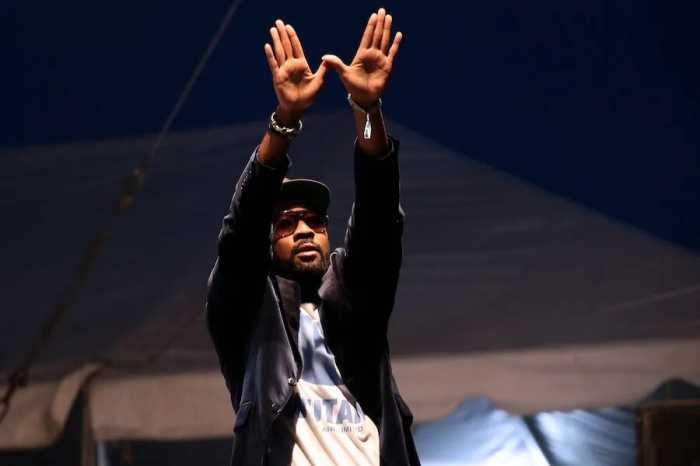As the New Year rings fresh in our minds, baseball fans from many franchises await the final decision of free agent All-Star Manny Machado. Reports stated that all formal offers had to be in by Jan. 1 and that the young 3rd baseman/shortstop would decide his permanent residence after the New Year. With his visitation to the Yankees, White Sox, and Phillies, those 3 teams are (most likely) the finalists for Machado’s services for the better part of the next decade.
Meanwhile on the Bryce Harper front, reports have stated that the former NL MVP will have a face to face meeting with the Phillies on Saturday according to USA Today’s Bob Nightengale and that the Phillies are willing to offer a 10 year contract to the Las Vegas area native.
The Phillies are thoroughly in on both deservingly called “generational talents”, but let’s play devils advocate.
What if the Phillies are unable to sign either big name free agent? What would happen if this is the current team they would go into the 2019 season with?
With the additions and subtractions the Phillies made this offseason so far, the Phillies are already a better squad than in 2018.
Let’s Talk WAR
Ah, the ever mysterious statistic that is the ultimate judge of players now and days. While most of us don’t quite understand it, it simply represents how many wins a player is worth more than a (AAA/AAAA) replacement. Throughout this, let’s keep in mind the Phillies finished with a record of 80-82.
So let’s start with the comparison of Luis Garcia and Jose Alvarez. While they both fill different roles in the bullpen, they were swapped directly for each other. In 2018, Garcia posted a 6.07 ERA with a -0.3 WAR and Alvarez had a 2.86 ERA with a 1.4 WAR. That’s a 1.7 WAR improvement. In addition, Alvarez is 2 years younger than Garcia. Outside of his rookie year, Alvarez has never had a negative WAR. Every other year Garcia has posted a -0.3 WAR.
There. We just added about 2 wins, pushing the record to 82-80.
Continuing with the bullpen, let’s take a look at new Phillie David Robertson. Because I can, I’m going to lump Yacksel Rios and Mark Leiter together. I’ll do this since A) according to WAR, they were the Phillies worst bullpen pieces in 2018 and B) together they pitched just about 50 innings, innings that could be substituted with Robertson.
Leiter had a 5.40 ERA in 16.2 IP and Rios had a 6.75 ERA in 36 IP with both combining for a -1 WAR. Robertson posted a 3.23 ERA in 2018 and had a 1 WAR. In his career, Robertson has averaged 60 IP with a 2.88 ERA and a 1.5 WAR. Again we are effectively adding 2 more wins to the Phillies total, moving it to 84-78.
Now the Segura-Santana/JP deal and Andrew McCutchen signing will be lumped together since Rhys Hoskins effectively replaces Carlos Santana at 1st and McCutchen replaces Hoskins in left field.
Ok, so bear with me here. Since JP Crawford only had just over 100 AB in the season, I’m going to lump Scott Kingery in with him since he played the most at shortstop. So combined, the 2 posted a -1.6 WAR n 2018 (-0.1 for JP and -1.5 for Kingery). Jean Segura posted a 4.3 WAR last season for the Mariners. Being that Segura is the direct shortstop substitute for JP and Kingery, that change in WAR is a +5.9.
The shift from Santana to Hoskins takes a little more explanation. Carlos Santana posted a 1,7 WAR at first base last season. Rhys Hoskins posted a 0.5 WAR in left field. Now according to Baseball Reference, Hoskins had an oWAR (offensive WAR) of 3.4 and a dWAR (defensive WAR) of -3.6 (I know the numbers don’t add up, but this is what it says). So let’s say that Hoskins is a slightly below average first baseman and list him at -0.5 dWAR and take his oWAR from last season and combine them, giving us a 2.9 WAR. So that would be an added WAR of 1.2 at first base.
Finally, Andrew McCutchen will most likely take over for Rhys Hoskins in left field. In 2018 between the Giants and Yankees, McCutchen put up a 2.7 WAR. If we subtract Hoskins’ 0.5 WAR in LF from 2018, that with leave us with an aggregate positive of 2.2 WAR.
All of these positional WAR additions come up to a grand total of +9.3 WAR. Add that with the WAR gained from the added relief help and that comes to a +14.2 WAR. Now if you are wondering, I did not include relievers James Pazos and Juan Nicasio because Pazos has around a +1 WAR and Nicasio around -1. They effectively cancelled each other out.
So if you add 14 wins to last years total, the Phillies would come up to a 94-68 record. That probably doesn’t sound entirely realistic and it probably isn’t. We are just playing with the numbers. It can’t factor in the actual future.
But.
If we use the calculation of the 2018 Pythagorean Win-Loss (which is predicting team’s record based on runs scored and runs against), we start off with a 2018 record of 76-86. If we add that 14 WAR to that it comes to a 90-72 record. This is much more realistic, but still and estimation based off of advance metrics.
Things go wrong, injuries happen, surprises abound around every twist and turn in a 162 game season. Like the ghost of Christmas yet to come, these are just images of a possible 2019 season, not what will happen.
Mandatory Credit: Daniel Clark-USA TODAY Sports

